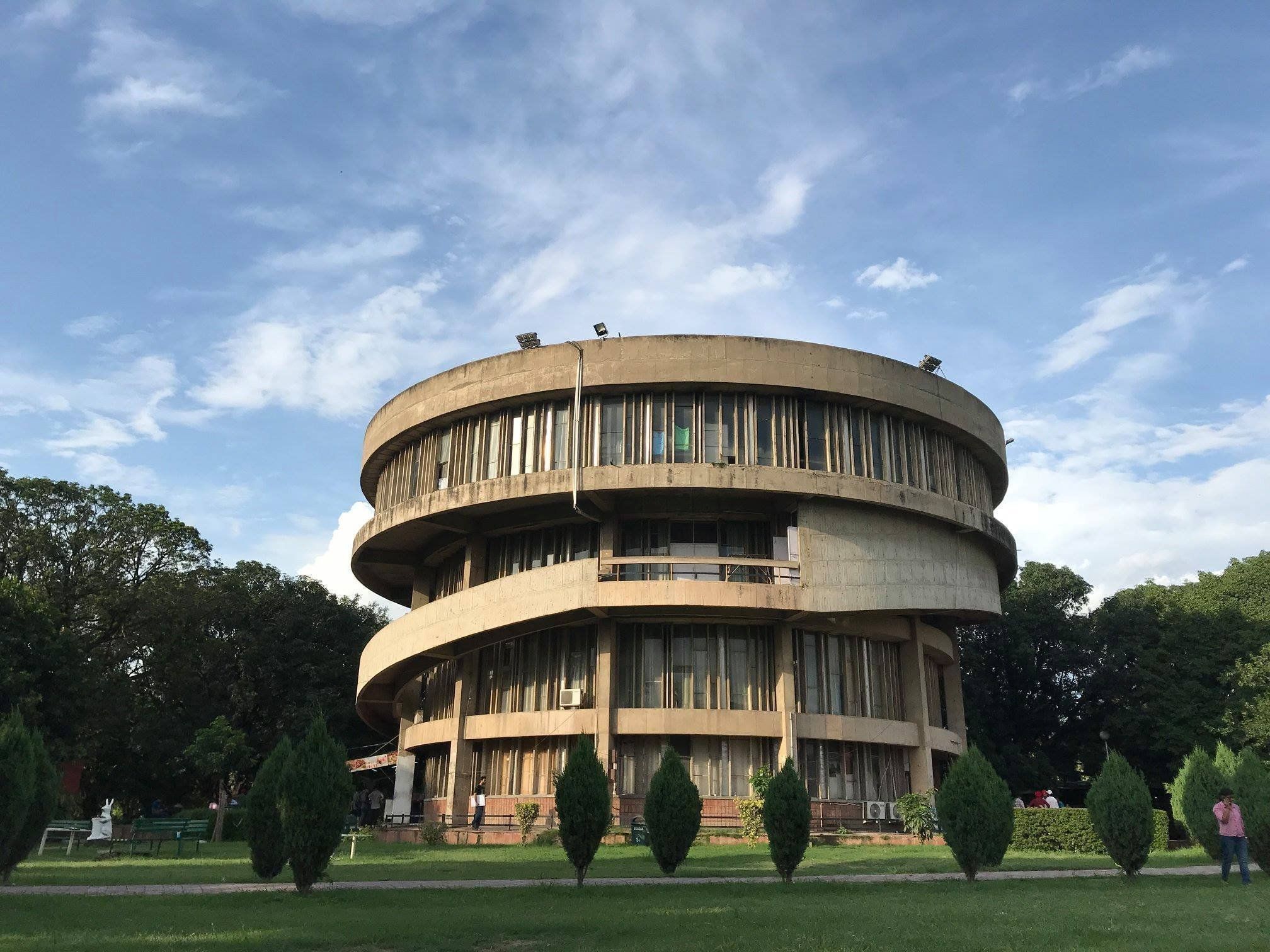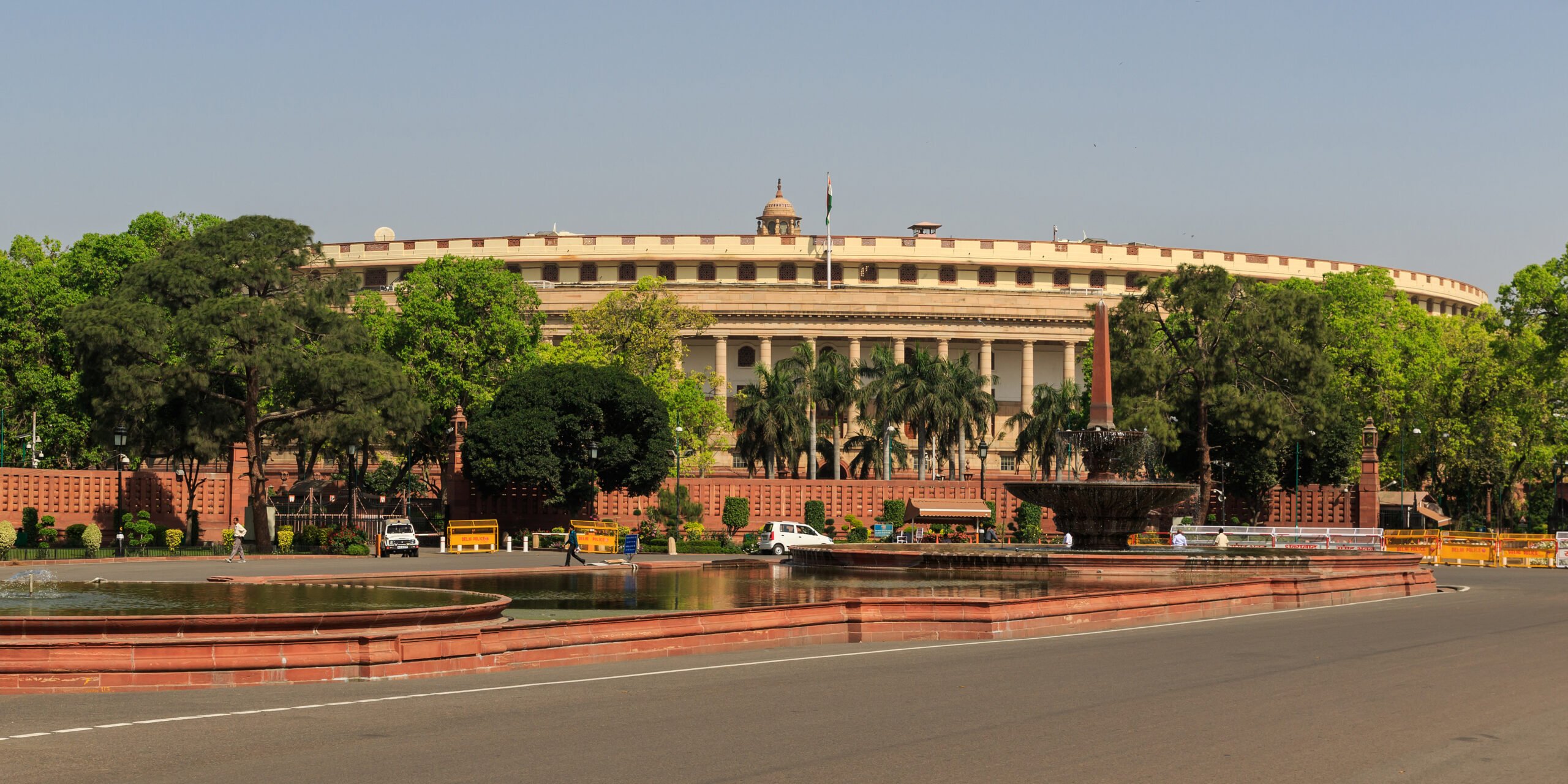Due to the unprecedented and overwhelming protests against the Citizenship Amendment Act, police brutalities against students and the general insidious as well as overt Islamophobia practiced in this country, which the state failed to foresee, the BJP government resorted to shutting down internet services in different parts of the country. The BJP government has repeatedly imposed their authoritarian control over citizens who have been resisting against their Islamophobic policies. India witnessed state-imposed Internet shutdowns more than 95 times in 2019, as reported by the Internet Shutdown Tracker and hence, this despotic step enforced by the right-wing government needs to be addressed. While most of these shut-downs were temporary, Indian-administered Kashmir has lived in extreme conditions, where internet data services have been blocked for more than four months now.
Is This The “Digital India” We Want?
Today’s society is an information-driven society, where people not only connect or communicate with one another through internet services, but they also express and explain themselves within this space. We cannot call the internet or information society as an abstract, non-tangible and virtual world, because the borders between the real and the ‘virtual’ have increasingly been blurred, with the institutionalisation of the internet. Information society, both informs and is informed by the ‘real’ world, which ultimately leads to the overlapping of both the spaces, in a manner that the ‘virtual’ too not only has real life consequences, but also government and state regulations. And further, due to the ‘real-life’ regulations that the government enacts in the virtual space to make it a site of governance, it consequently also turns itself into a space for resistance.
It is almost ironic how the Modi government used the internet space as one of the primary ways to come to power during the elections. A major part of their campaigning was done on social media channels through their IT cells which dedicated and curated a particular kind of content, in order to advance the “BJP-Hindu Rashtra” narrative.
This resistance could be marked both in the cases of cyber crimes, but at the same time, it is also symbolic of various social media activisms. Hence, in this ‘really virtual’ or ‘virtually real’ world of the internet and its partner, the social media, there arises questions of human rights and its violations. The internet and its access becomes a matter of class, caste, gender, race, ability/disability and religious privilege—all things ‘real-worldly’—which mirrors the socio-physical society we live outside the internet spaces. Hence, whenever there is a moment of civil disorder, the government resorts to shutting down the internet, through Indian laws that allows them to take control over particular websites or telecom services provided by private companies. It is almost ironic how the Modi government used the internet space as one of the primary ways to come to power during the elections. A major part of their campaigning was done on social media channels through their IT cells which dedicated and curated a particular kind of content, in order to advance the ‘BJP-Hindu Rashtra’ narrative.
The Narendra Modi government also launched another initiative called Digital India, which promised to make internet services accessible for its population, especially in the rural areas. However, the accessibility is up for question since, the number of internet shutdowns have been increasing and their manifestations have also become progressively more undemocratic and oppressive.
Internet Shutdown Against CAA-Protests
Assam
As soon as the news of the passing of the discriminatory Citizenship Amendment Bill in Rajya Sabha reached Assam, protests by various student bodies erupted in many districts of the state. The government of Assam, led by Chief Minister Sarbananda Sonowal from the Bharatiya Janata Party, sent an official notification to the residents of Assam about the internet blackout. The protests in Assam were held to protest against the Bill that will provide citizenship to illegal non-Muslim migrants, who have fled the countries of Pakistan, Afghanistan and Bangladesh. The protesters believe that their jobs and lands will be annexed in order to provide these migrants their citizenship, which includes facilities of housing, employment and other opportunities.
The state government of Assam reasoned this step by asserting that people might misuse the internet services to hamper the ‘peace and tranquility’ of the state. The point of concern is that the government failed to realise that, the Bill and the judgement in itself caused the unrests, and an imposed internet service control would lead to a lack of information about the extent of brutality and turmoil from the protests. This will help the government in power to restrict any other resistance that could possibly erupt in different parts of the country as a result of the information (videos, texts) from Assam.
Also read: It’s Time Women Journalists Stop Facing Online Abuse | #DigitalHifazat
Aligarh Muslim University
The UP government, led by the notorious Chief Minister, Yogi Adityanath, who have been vocally and blatantly Islamophobic in his political speeches, too had imposed a ban on internet services, formerly only in areas around AMU and later, in different parts of the state. The news of police brutalities against the students from Jamia Millia Islamia University had become viral on social media, inciting rage among lots of people, who have condemned such beastly behaviour, especially by the well-equipped, armed Delhi Police. However, reports about the extent of violence in Aligarh Muslim University failed to reach the masses due to the shutting down of internet and telecom services.
The imposition of restriction on the telecom and internet services helped the UP government dictate and continue police brutality in AMU’s campus, leading to fatal consequences. Since the horrific act by the police was not challenged, due to the lack of information, the UP government should directly be held responsible for extending and fueling state and police violence against Muslim students of AMU.
Later, with the help of some other mobile applications, like Bridgefy or FireChat, information about the police enabled violence was communicated. However, it was only later that reports about the killing of two students by police firing came upfront. The imposition of restriction on the telecom and internet services helped the UP government dictate and continue police brutality in AMU’s campus, leading to fatal consequences. Since the horrific act by the police was not challenged, due to the lack of information, the UP government should directly be held responsible for extending and fueling state and police violence against Muslim students of AMU.
Other Places Of Protest
BJP government’s underestimation of the extent of protests across the country has led them to resort to restraining internet services. Although the government has proclaimed that they are not scared of ’20-40 students protesting’, however, their threatened selves get exposed as soon as they impose such restrictions on the citizens. Areas of protests around Delhi, Mangalore and parts of Bengal have faced internet shutdowns in the last few days. The government fears that the real picture of violence that is being organised by the state and the police force will be out on social media and hence, will receive backlash and denunciation.
Conclusion
Kashmir is on its 139th day of internet shut down, since the 4th of August 2019. This step of shutting down the internet has become rampant all over the country. The BJP government that came to power through the internet and its IT cell, now fears that the same space will be used by its opposition, which does not only include the Congress, but also the fearless students of India. It is a human rights violation and a restriction on the freedom of speech and resistance. One could only imagine the extent of the communication blockade that the Kashmiris have to face and the amount of information that the government wants to hide.
Also read: Rape Threats At 16: Online Violence As A Young Girl | #DigitalHifazat
Rather than living up to the promises of a Digital India, the BJP government has certainly excelled in internet shutdowns in the international platform. India now has the highest number of internet shutdowns in the world, and has become the global leader of the same. A virtual curfew, the BJP government has curbed the freedom to communicate, organise protests and bring up discussions and debates on social media channels.
Featured Image Source: ORF Online




